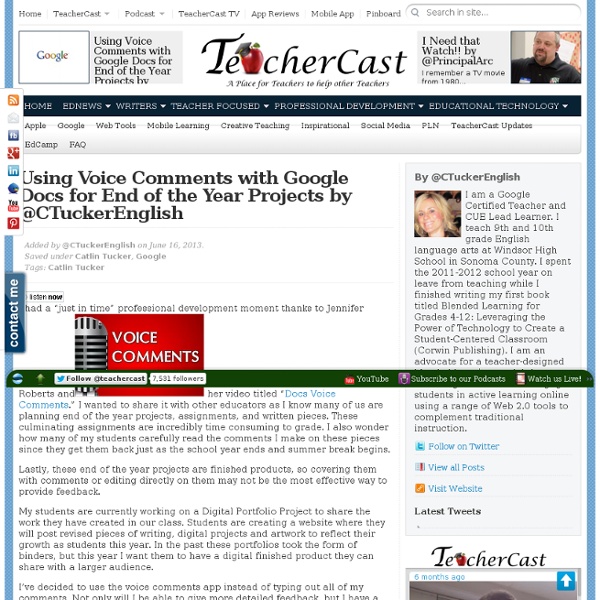Using Voice Comments with Google Docs for End of the Year Projects by @CTuckerEnglish

Storyboard That: The World's Best FREE Online Storyboard Creator
English Worksheets
Easily confused words 1 - ENGLISH UNIVERSITY Online
LinksMy EUO There are many words in English that can be a bit difficult due to the fact that they either sound the same but that a little change in spelling makes a lot of difference to the meaning, or that they seem international in meaning but their meaning in English might sometimes be a bit shifted, if not completely different. Let's have a look at some that give the most trouble to students taking international English exams. Advise is a verb that means “to offer opinion or counsel“. One advises others and receives advice. Advice is a noun that refers to the information you receive when someone advises you. He needs your advice. Accept is a verb that means “to receive with approval” or “to agree with”. Except is a preposition that means “excluding” or “but”. I accept all of your conditions except this one. Affect is a verb that means “to influence”. Can one person affect the course of human history? Effect is a noun that means “a result or consequence”. Be careful! Whether means if.
Understand what you read
Entrevista en inglés: simulador de entrevista | Trabajemos.cl
Vas a presentarte a una entrevista de trabajo en inglés y tienes dudas acerca de tu capacidad de inglés. Afortunadamente, hay varias cosas que puedes hacer para evaluar tu nivel de inglés y tranquilizarte de cara a la futura entrevista. Puedes descargarte algún podcast sobre la entrevista de trabajo en inglés, leer nuestros artículos sobre el tema y ahora, gracias a la tecnología, también simular una entrevista de trabajo real.En la red existen diferentes simuladores de entrevistas de trabajo con los que podremos evaluar nuestras capacidades en inglés de cara al proceso de selección. Aquí te presentamos algunos:Job Interview Simulator (de la Swinburne University of Technlogy) es un simulador australiano que nos permitirá mejorar nuestras habilidades a la hora de presentarnos a una entrevista laboral. Vía Entrevistadetrabajo.org
La culture britannique
Online Speaking and Listening Exercises | Speech Peek
English Talk Station
IdiomSite.com - Find out the meanings of common sayings
Apprendre l'anglais en ligne
Practice your English ! Pseudo Password Oublié ? Catégories Plan de site Exercices d'anglais www.MyCOW.eu © 2006-2015 - Tous droits réservés - Charte d'utilisation du site - Conditions Générales de Service - Tarifs A propos de l'anglais - Coin Presse - Hello Webmaster - Nos Partenaires - Plan de site - Besoin d'aide? Fermer Testez gratuitement MyCoW
Word Lists : Vocabulary word lists for SAT, PSAT, GRE and other tests
Need to build a better vocabulary? Our 15 vocabulary wordlists will boost your vocabulary to the level of a highly educated reader. The lists are suitable for high school students and older learners. Lists 1-10 are probably sufficient for a student taking SAT, for example. The full set of 1500 words is ideal for GRE, MAT and higher level tests. Each list contains 100 words arranged in groups of 10 for ease of learning so you will not get confused by large numbers of words starting with the same letter. Intermediate word lists Suitable for: Ages 16+ PSAT SAT GRE MAT Advanced word lists Suitable for: Ages 18+ GRE MAT Word focus Word Focus is our systematic approach to advanced vocabulary building. For students and adult learners You can print out the word lists for your own use. You could print out one list at a time and learn one page (20 words) per day. Back to top For teachers You are free to print out copies of these lists for classroom use. Do not obscure the majortests logo.
Vocalook | Read and Speak English Everyday in the Best Way
Related:
Related:



